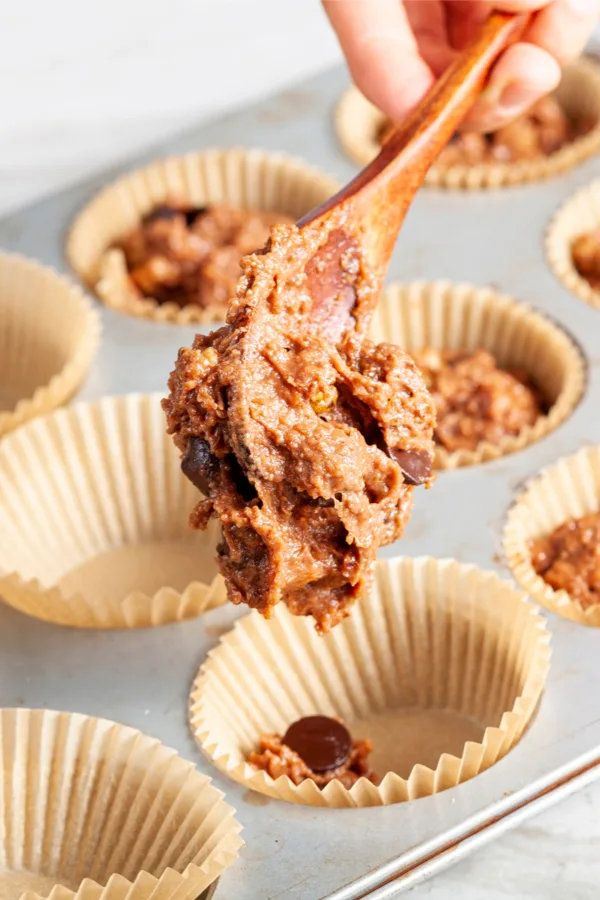If you are wanting to start your own vegetable and flower plants from seed this year but worried about the ever-rising cost of seed starting supplies – today’s article on making homemade seed starting containers for free is just for you!
There is little doubt that starting your own plants from seed can save a lot of hard earned cash. The cost of purchasing vegetable and flower transplants continues to rise with each passing year. And it certainly doesn’t look to be coming down anytime soon!
But unfortunately, so have the supplies for starting seeds at home. Especially when it comes to purchasing the trays and containers needed to grow viable transplants from seed.
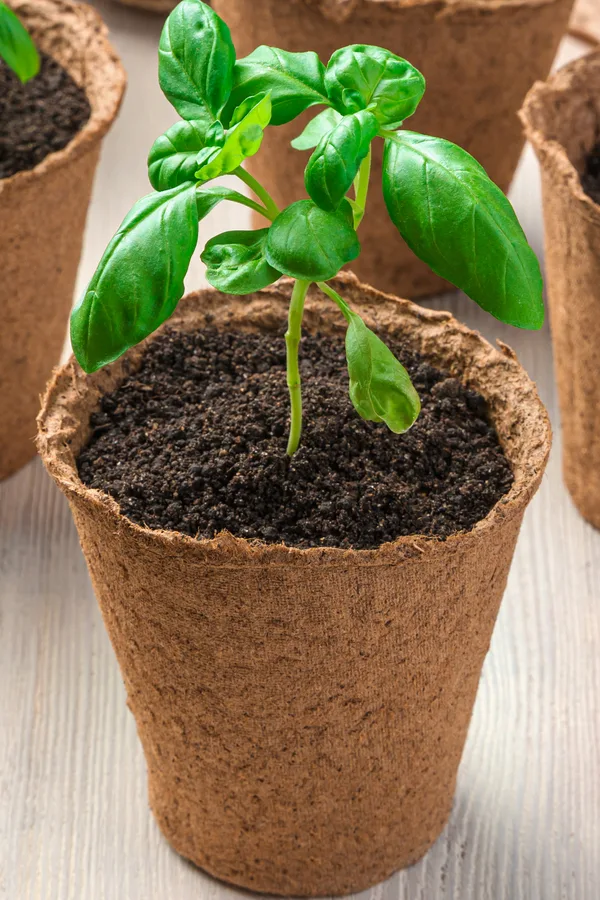
Making matters worse, not only are they expensive, many commercial seed trays are made from plastic. Much of which is hard to recycle, and, rarely lasts beyond a single year of use. Although peat pots are another commercial alternative, they too can be quite pricey. And because they are biodegradable, they only last one year as well.
But here is the good news – with a little legwork, you can make some fantastic DIY seed starting vessels that not only work great, but cost you nothing at all. And some of them are even bio-degradable, meaning you can plant directly into the soil without ever disturbing the roots.
With that in mind, here is a look a few great options for creating your own seed starting containers from recycled materials in your home – along with a look at a few popular DIY seed starting vessels to avoid.
How To Make Homemade Seed Starting Containers For Free
Paper Pot Makers – How To Make Homemade Seed Starting Containers
If you have never seen a paper pot maker in action, you are in for a real treat. This old-fashioned seed container making tool has been around forever. In fact, it use to be one of the only ways you could make your own homemade seed starting pots!
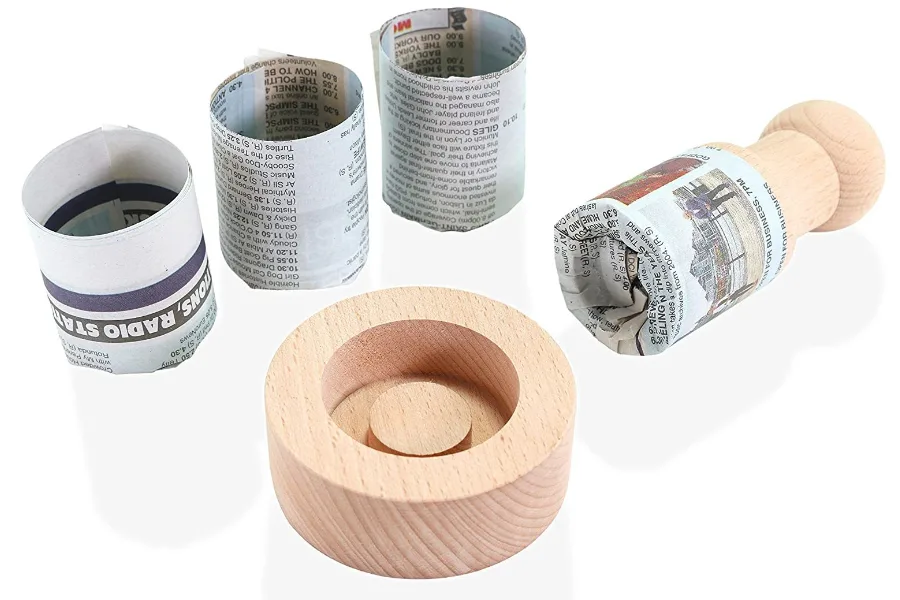
A paper pot maker uses a large, thick, wooden dowel to form paper or newspaper into the perfect biodegradable seed pot. Just slip the paper around the edges, tuck the edges under the dowel, and then place in the wooden bottom and twist. Just like that, you have an instant seed pot! Product Link : Paper Pot Maker Kit
The best part of all, if made with newspaper, it is completely biodegradable and can be planted right into the soil. Now, the hard part these days may be finding black and white newspaper material.
If you can’t, lightweight craft paper, or true paper grocery bags make for a great alternative. Honestly, this little novelty seed pot maker is a lot of fun for kids and adults alike!
Recycled Yogurt / Food Cups – Homemade Seed Starting Containers – For Free!
When it comes to finding containers that are wide and deep enough for growing healthy transplants, yogurt cups are a win for sure. Especially if you can get your hands on the round, single serving yogurt cups in the 6 to 8 oz. range.
Simply poke a few holes in the bottom for drainage, fill with soil, and plant. The larger cups offer more more room for better root growth, resulting in healthier transplants come planting time.

Most yogurt cups also happen to be thick and strong enough to use for several growing seasons in a row, making them an even better choice for long term use.
But your options for recycling food containers into free seed starting vessels doesn’t end with yogurt cups. You can turn any small container into one with a few simple holes poked in the bottom.
Plastic containers that hold sour cream, cottage cheese and many other foods work great. Many of these products actually come in slightly larger (12 to 16 oz.) containers that are great for replanting oversized seedlings.
And finally, plastic drinking or solo-style cups are a great option for starting seeds too. Instead of throwing out those cups after a party, give them a quick rinse and get a second use out of them for starting seeds.
Recycled Paper Towel / Toilet Paper Rolls – Homemade Seed Starting Containers – For Free!
Another great option are cardboard tubes from paper towel and toilet paper rolls. The cylinders make a perfect size for starting seeds. Simply cut the tubes into 3 or 4 inch lengths, fill with soil, and plant your seeds!
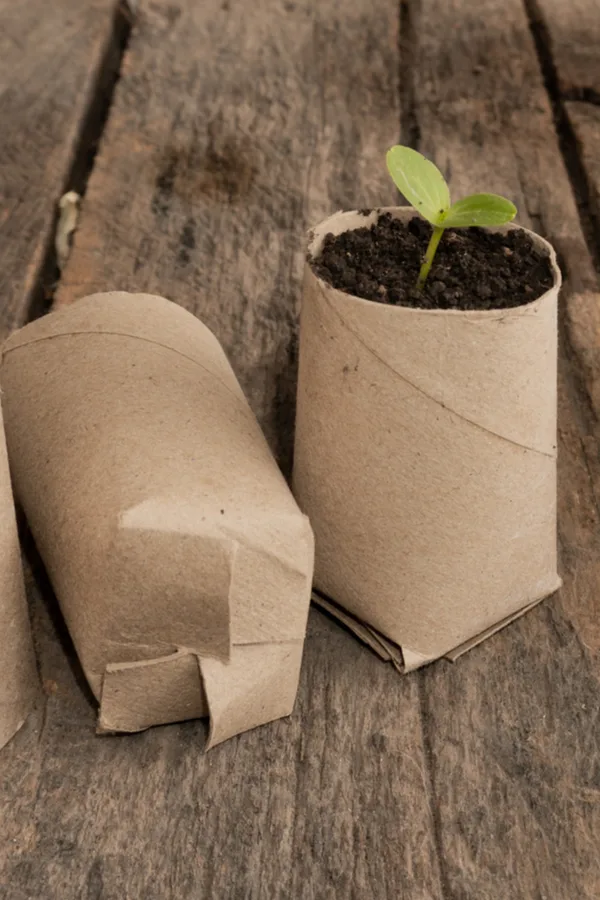
Much like with newspaper or craft paper, most cardboard tubes are biodegradable. Because of this, you can plant the entire tube into the planting hole to keep the roots undisturbed. Best of all, the longer 3 to 4″ tube length allow for deep root systems to develop.
A Few Homemade Seed Containers To Avoid…
There are a few other DIY seed starting containers that are often mentioned around the internet, but all in all, they are best to avoid.
At the head of the list are egg cartons and egg shells. The issue is not with starting the seeds in either, but with both not having the necessary room for adequate root growth.
Even though they may sound like a winning idea at first, there are just too many drawbacks for them to be successful long term.
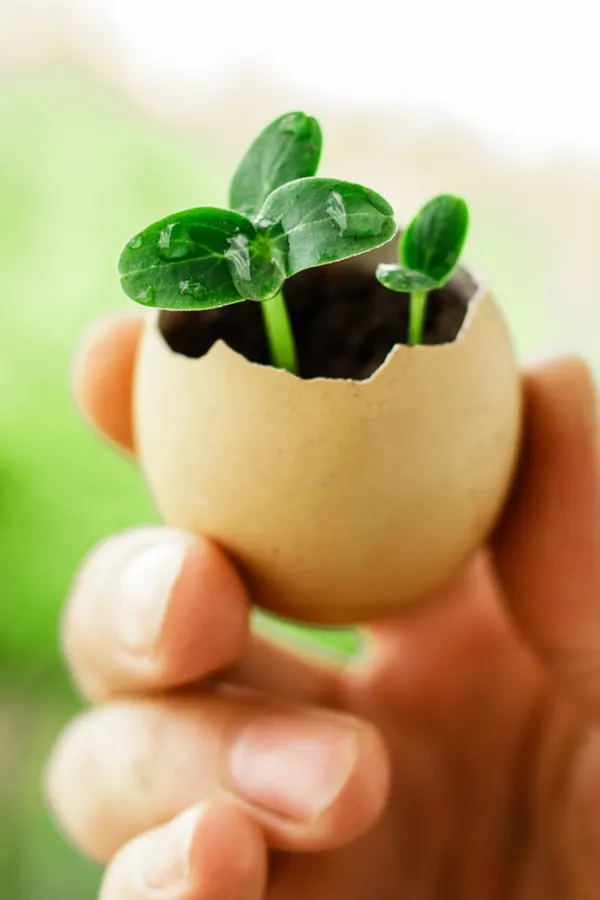
Egg Shells & Cartons – Avoid These Homemade Seed Starting Containers
Most egg shells are less than two inches in length (even less when cut in half) and not much more than an inch in width. The same goes for the egg containers that hold the eggs as well. Unfortunately, once planted, a seed quickly fills the available soil space and runs out of room.
Within just a few weeks, you will need to transplant the seedlings into another vessel. Not only is it time consuming, seedlings at that age are easy to injure.
You are much better off saving those egg shells and using them when planting your tomatoes and peppers. (See : Why To Save Egg Shells & Coffee Grounds For Garden Season)
Muffin Liners & Muffin Pans – Avoid These Homemade Seed Starting Containers
Another homemade seed starting remedy to avoid are muffin liners and muffin pans. The liners are simply not strong enough to hold the soil and roots in place on their own. Especially as they watering day after day.
Unfortunately, placing them in a muffin pan for support is not a good solution either. Without drilling holes in your pans (ruining them in the process), water can not drain from the soil.
The good news is, as you can see, there are still plenty of free options for seed starting containers that do work! Here is to starting your own vegetable and flower plants from seed this year. And – to doing it with less expense using a few homemade DIY seed starting pots in the process!
Jim and Mary Competti have been writing gardening, DIY and recipe articles and books for over 15 years from their 46 acre Ohio farm. The two are frequent speakers on all things gardening and love to travel in their spare time.
As always, feel free to email us at thefarm@owgarden.com with comments, questions, or to simply say hello! You can sign up for our free email list in the subscribe now box in the middle of this article. Follow us on Facebook here : OWG Facebook. This article may contain affiliate links.

